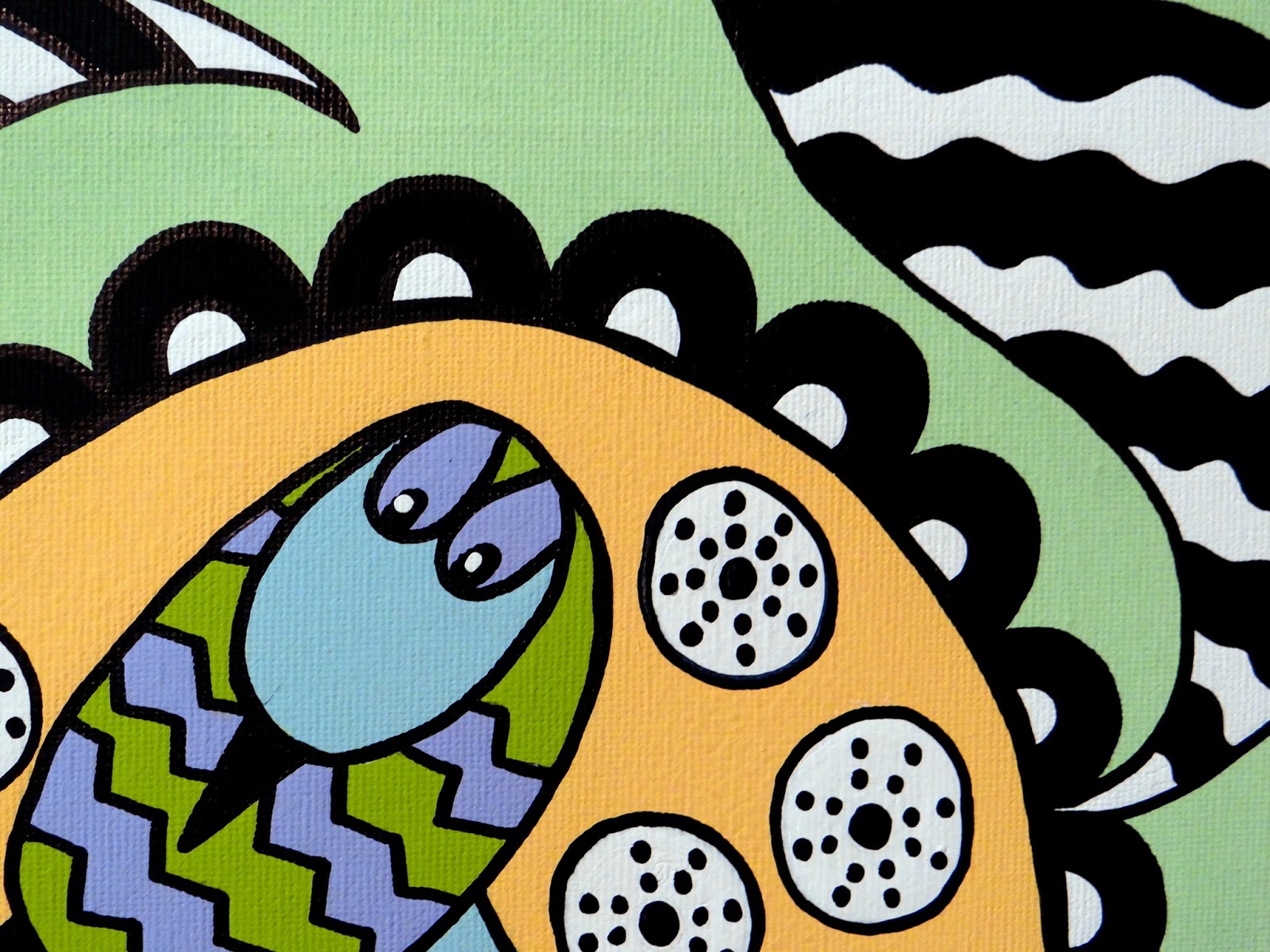skip to main |
skip to sidebar
The beautiful olive trees in this ancient grove with their gnarled and twisted trunks must be from one to two hundred years old, some probably reach even far more back. Heat and drought, winter chills, storms and rains they withstand - and they faithfully bear fruit every year. If they could talk - what stories would they have to tell!
Their owners, the Druze people from the villages in this region tend to them faithfully like they did from times long ago. After the harvest oil will be pressed and olives will be pickled, to give nourishment and to tickle the taste buds.
This grove is one of three places we visited yesterday and the only one with my husbands photos. All the other ones he accidentally deleted in the evening from his camera. Luckily I took pictures too, with my tiny Samsung. Not to be compared to his images which are always so great, but for today they will have to do.
The Druze village Peki'ien nestled in forested hills
Our second stop was at the Rock Park which we entered at the Druze town Kisra-Sumei. Geological formations of lime stone are located in a forest full of old oak trees and lovely little flowers on the ground in the shadow. Shifted plates of rock are piled on each other, and cave like structures rise from the stony ground.
Some Druze children with their typical hats and trousers.
After that we went to hike the Norman Trail. It starts a bit south of Kfar Vradim and was painstakingly created by one of the towns residents. It is a narrow 1,5 km long circuit trail winding uphill and downhill through a dense natural forest. The whole area and the edges of the path are now in full spring bloom of many varieties of shrubs, like rock rose לוטם and spiny broom קידה and others.
The trail is lined with many wild flowers and the air was scented sweetly and full of humming insects.
Judas tree כליל החורש
I wish I had the lost and much better photos of my husband to show you, mine are not sharp and not gorgeous, but I wanted to present you anyway with the spirit of a wonderful day.
Acrylics on stretched canvas - 50cm x 50cm
On the weekend we visited the cherry gardens of the Druze villages on the Golan Heights.
And this morning I finished a colorful little baby quilt.
 That's all I have to say today! Enjoy your week! :-)
That's all I have to say today! Enjoy your week! :-)
Last Shabatt we went to the desert. Deep down and through the giant Makhtesh Ramon we drove, and we found delightful flowers on our way. The rain was overall very scarce this year, and the desert stayed harsh and dry and blooms much less than in years of plenty of downpour, so the treasures we found were even more appreciated.
Desert Tulip (צבעוני המדבר)
Two flowered tulip (צבעוני ססגוני)
But this time we came to the desert with a special purpose. It was to find the very rare wild rhubarb. Rheum palaestinum, (ריבס המדבר). It grows only in the hills of the Negev Desert and near Eilat, and blooms in March and April. An uneven, winding and rocky road leads to Arod, the location near a wadi where a small population of the rhubarb can be found. It is easy to travel there with a jeep, which we don't have - but somehow we managed to get there with our normal car. (Over hill and over dale we hit the dusty trail.) :-)
I remember rhubarb cake from childhood. With meringue on it. And delicious rhubarb compote for dessert. And I can relive the joy just enjoying the stalks, together with my sister, dipping them in sugar and crunching on them down to the last bit, happy with the sweet and sour taste. For more than thirty years, since living here in Israel I did not see cultivated rhubarb, neither growing in gardens, nor to buy at the markets. A friend from Norway sent me some seeds. I tried twice to grow them, but with no success. The seeds germinated but then the little plants wilted away.
After we arrived at the rhubarbs we could see all their stages of growth. From the closed bud, which looked somehow like a big egg, and then the split open "shell", till the full blossom of the flower.
The leaves are of a strong dark green hue, and huge and wrinkled, their edges bend downwards to the ground. Such big leaves are very unusual in the hot desert. Normally the plant leaves there are small to minimize perspiration. In the case of the rhubarb, the large leaves bent to the ground serve as a clever irrigation system. They collect the rain and dew drops in their many crevices, and tunnel them to the roots.
The high stalks covered with hundreds of little flowers of a fierce red/orange color and similar to tiny bells before they open, push through the earth in the middle of three leaves. This remarkable extraordinary and very impressive plant stands out from the monochrome landscape in a very pretty way. It is endemic to the Negev Desert and the Sinai.
The Bedouin tribes use parts of the plants as medicine. The Hebrew name of the rhubarb "ribas" originates from the Persian language. In German it is called "Rhabarber" and here is something funny to amuse my German friends.
All photographs taken by my husband Uri Eshkar.
Please zoom in.














































